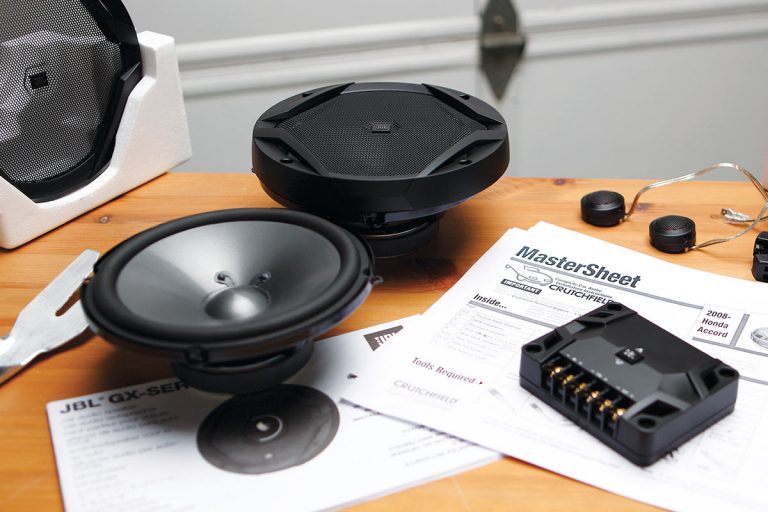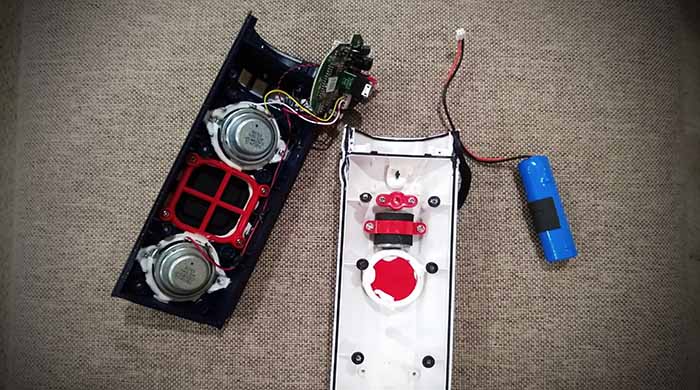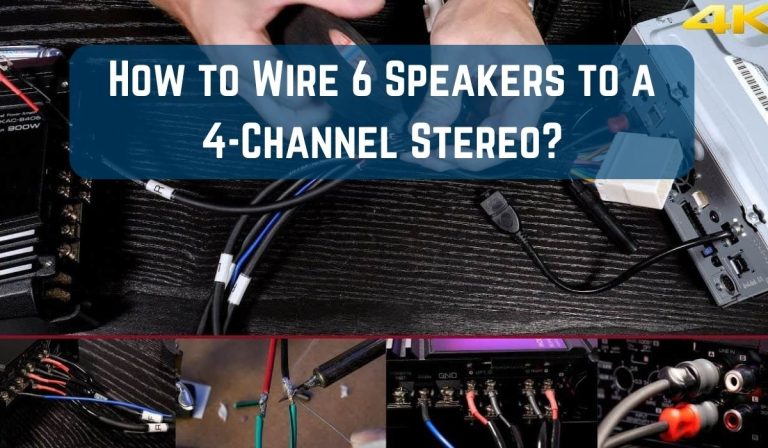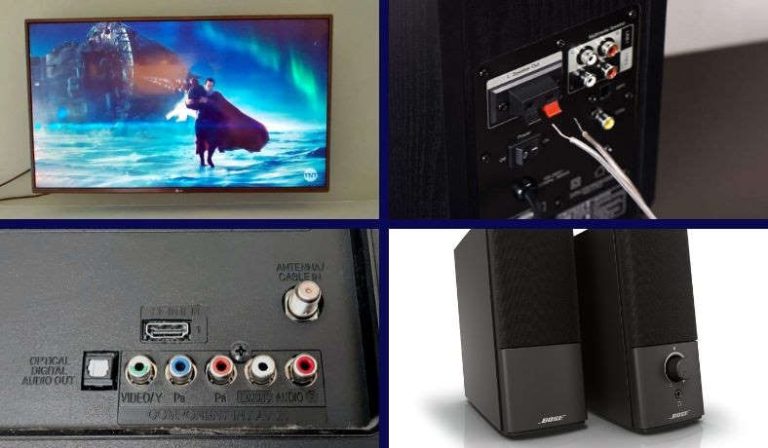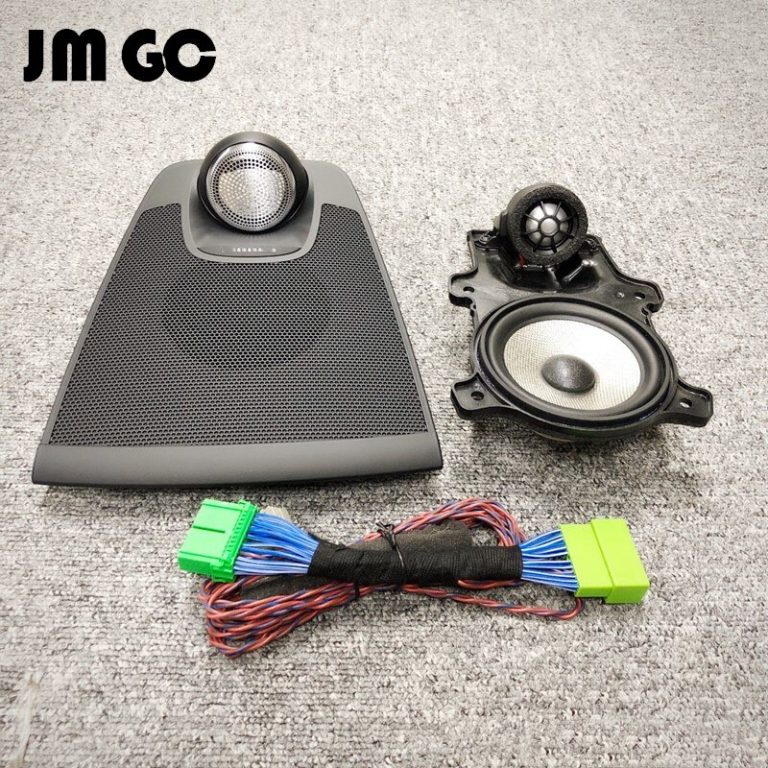How to Install Component Speakers With Crossover | Best Way
Install Component Speakers With Crossover can be a bit tricky, but if you follow these steps, you’ll be able to do it in no time. The first thing you need to do is find the right location for the speakers. You’ll want to avoid any areas where there might be a lot of vibrations, so keep that in mind when you’re choosing a spot.
Once you’ve found the perfect location, the next step is to connect the positive and negative wires to the terminals on the back of the speaker. If you’re not sure which wire goes where consult your owner’s manual or look for markings on the speaker itself. After that, all you need to do is screw in the mounting brackets and secure them with screws or bolts.
And that’s it! Just sit back and enjoy your new component speakers with crossover.
- Choose the right location for your component speakers
- Drill a hole in the door panel or dash for each speaker
- Mount the tweeters in the holes using screws and brackets, being careful not to damage the wires
- Affix the crossovers to the surface behind the speakers using double-sided tape or zip ties
- Run the speaker wires from the head unit to the crossover, then from the crossover to each speaker
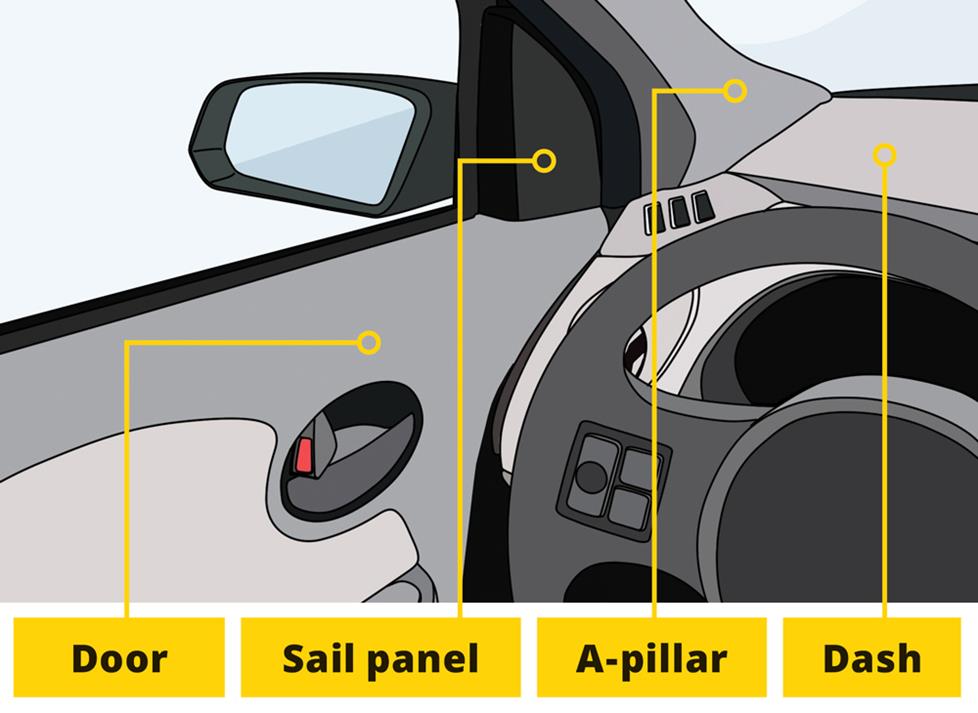
Credit: www.crutchfield.com
Do Component Speakers Need Crossover?
Component speakers are those that come with separate woofers and tweeters, and they usually require a crossover to function properly. A crossover is an electronic device that takes the signal from your head unit and sends low frequencies to the woofer and high frequencies to the tweeter. This is important because each type of speaker reproduces sound best within its own range.
Without a crossover, your component speakers will still work, but they won’t sound as good as they could. The woofer will try to reproduce high frequencies, which it wasn’t designed to do, and the tweeter will try to reproduce low frequencies, which it also wasn’t designed to do. By using a crossover, you can ensure that each component speaker is only reproducing the frequencies that it was designed for, resulting in better sound quality.
Where Should Component Speakers Go?
Component speakers are a type of car audio speaker that typically includes multiple drivers, or sections, that are each responsible for producing a different part of the sound. The tweeter, which is responsible for high frequencies, is usually separate from the woofer, which handles low frequencies. Crossovers direct the signal to the appropriate driver.
There are a few things to consider when deciding where to place component speakers in your car. First, you’ll need to decide whether you want to mount the tweeters in the dash, on the door panel, or on some other surface. You’ll also need to take into account how much space you have available and whether you’re willing to make any modifications to your car’s interior.
The best location for component speakers is usually in the door panels. This placement provides several benefits: it keeps the tweeters close to your ears for better sound quality, it minimizes reflections from dashboard surfaces, and it doesn’t require any modification to your car’s interior. If you’re short on space or if you prefer not to modify your car’s interior, mounting the tweeters on the dash is another option.
Keep in mind that this placement can create reflections that can degrade sound quality. When installing component speakers in your doors, start by removing the old speakers (if present). Next, use a template or measuring tape to mark out where you’ll be drilling holes for the new speaker mounts.
Once everything is lined up and ready to go, drill pilot holes and then secure the mounts with screws. Finally, attach the wires from the crossovers to their respective terminals on the back of each speaker before reconnecting the battery and testing out your new system!
Where Do You Mount a Speaker Crossover?
A speaker crossover is a device that is used to direct the low, middle, and high frequencies of an audio signal to the appropriate drivers in a speaker system. The three main types of crossovers are high-pass, band-pass, and low-pass. High-pass crossovers are used to filter out the low frequencies from an audio signal and send them to the tweeters or other high-frequency drivers in a speaker system.
This type of crossover typically has a cutoff frequency of around 80 Hz. Band-pass crossovers are used to filter out both the low and high frequencies from an audio signal and send only the middle frequencies to the mid-range drivers in a speaker system. This type of crossover typically has two cutoff frequencies, one around 80 Hz and one around 5 kHz.
Low-pass crossovers are used to filter out the high frequencies from an audio signal and send only the low frequencies to the woofers or other low-frequency drivers in a speaker system. This type of crossover typically has a cutoff frequency of around 5 kHz. Crossover networks can be passive or active.
Passive crossovers use inductors and capacitors to filter out unwanted frequencies, while active crossovers use electronic filters such as op-amps or digital signal processors (DSPs). Active crossovers generally provide better sound quality than passive ones, but they require power from an external source such as batteries or AC mains power. So where do you actually mount a speaker crossover?
It really depends on what kind of setup you have and how many speakers you’re using. If you have a simple 2-speaker setup, then it’s usually easiest just to mount the crossover inside each speaker cabinet near the corresponding driver. For more complex setups with multiple speakers, it’s often best to mount all of the crossovers in a central location so that each individual wire run is shorter.
This can help minimize losses due to resistance (ohmic loss)and impedance mismatches (reflection loss).
How to Install Component Speakers With Crossover?
In order to wire a 2-way crossover speaker, you will need the following items: – Two-way crossover – Speaker wire
– Soldering iron and solder – Wire strippers First, take your two-way crossover and locate the tweeter output.
Using your speaker wire, connect the positive terminal of the tweeter output to the positive terminal of your tweeter. Then, do the same for the negative terminals. Next, locate the woofer output on your two-way crossover.
Connect one end of your speaker wire to the positive terminal of the woofer output and solder it in place. Then, connect the other end of your speaker wire to the positive terminal of your woofer. Finally, solder all connections for added security.
How to install component car speakers | Crutchfield
How to Wire Component Speakers Without Crossover
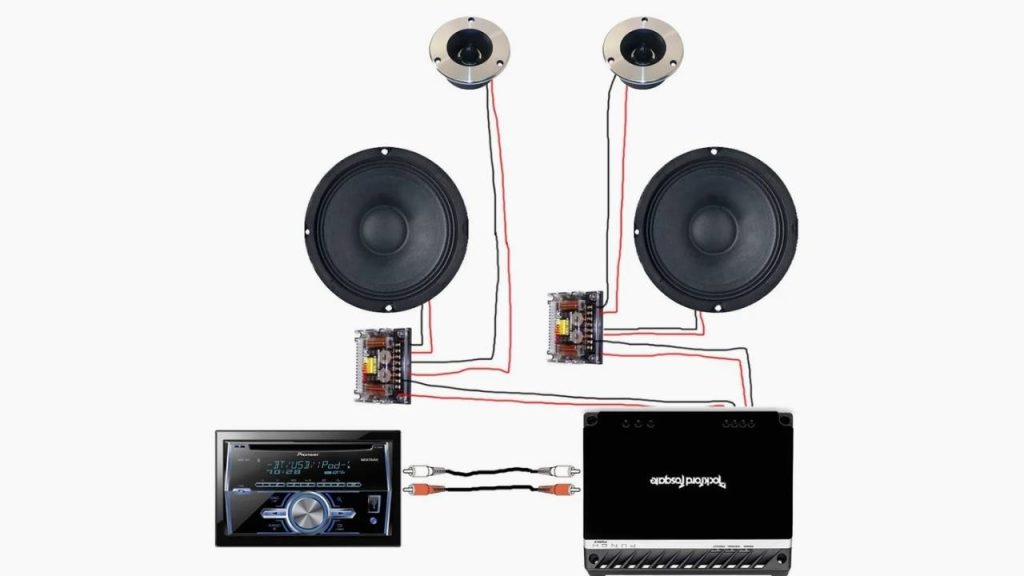
If you’re looking to upgrade your car’s audio system, one of the best ways to do it is by installing component speakers. These types of speakers provide better sound quality than traditional full-range speakers, and they can be further customized to your specific preferences. However, component speakers also require a bit more work to install, as they need to be wired with crossovers.
Crossovers are devices that ensure each speaker only receives the frequencies it is designed to play. In other words, the low frequencies go to the woofer and the high frequencies go to the tweeter. This ensures that each speaker performs at its best and doesn’t get overloaded trying to reproduce frequencies outside of its range.
Fortunately, wiring component speakers without crossovers is not difficult and can be done in a few simple steps. First, you’ll need to remove the door panels or any other obstacles that might prevent you from accessing the factory speaker wires. Once you have access to the wires, carefully disconnect them from the factory speakers (it’s always a good idea to take note of which wire goes where so you can properly reconnect everything later).
With the factory speakers disconnected, you can now start connecting your new component speakers. The first step is connecting the woofer’s positive terminal (usually marked with a “+” sign) to the positive wire coming from your head unit or amplifier. The next step is connecting the woofer’s negative terminal (usually marked with a “-” sign) directly to the ground.
Grounding provides a reference point for electrical current and helps prevent interference from other electronic devices in your vehicle. You can find an unused screw on metal body panels or use one of your car’s existing grounding points for this purpose. With the woofer connections taken care of, all that’s left is hooking up your tweeters!
The process here is similar – just connect the positive terminal on each tweeter directly to their respective positive wires coming from your head unit or amplifier then connect both tweeters’ negative terminals directly together before grounding them as you did with the woofers’. And that’s it! Just make sure all connections are tight and secure then put everything back together and enjoy your new improved sound system!
Component Speaker Crossover Wiring Diagram
If you’re looking to get the most out of your component speaker system, you need to wire up the crossover correctly. A component speaker crossover is a crucial piece of equipment that ensures each driver in a multi-driver system is only playing the frequencies it’s designed for. This results in clearer, more accurate sound reproduction.
In this blog post, we’ll run through everything you need to know about wiring up a component speaker crossover, including what gauge wire to use and how to connect it all up. By the end, you’ll be an expert on component speaker crossover wiring!

Component Speaker Wiring Diagram
If you’re looking to get the most out of your component speaker system, then you need to make sure that you have a good quality wiring diagram. This is because, without a proper diagram, it will be very difficult to wire your speakers correctly and get them working properly. There are a few different ways that you can find a wiring diagram for your system.
The first place that you should look is in the manual that came with your car stereo. Oftentimes, these manuals will contain a section on how to wire your speakers. If there is no such section, then you may be able to find a separate booklet or guide that came with your car stereo which has diagrams specifically for component speaker systems.
Another option is to search online for a wiring diagram. There are many websites that offer free diagrams, but be careful as not all of them are created equal. Make sure that the website you choose offers high-quality diagrams that are easy to read and understand.
Otherwise, you’ll just be wasting time trying to figure out how to wire your speakers correctly! Finally, if all else fails, you can always consult an expert at your local car audio store.
Component Speakers With Built-In Crossover
Component speakers are a type of car speaker that includes separate woofers, tweeters, and crossovers. The main advantage of component speakers over traditional car speakers is that they offer better sound quality. This is because the separate components allow for more control over the sound, resulting in a cleaner and clearer overall sound.
Another advantage of component speakers is that they are easier to install than traditional car speakers. This is because each component can be installed separately, making the overall process much simpler. If you’re looking for an upgrade to your car’s audio system, then you should definitely consider component speakers.
They offer superior sound quality and are relatively easy to install. However, they do tend to be more expensive than traditional car speakers. But if you’re serious about improving your car’s audio system, then component speakers are definitely worth the investment!
Conclusion
If you’re looking to upgrade your car’s audio system, component speakers are a great option. But before you can enjoy the improved sound quality, you’ll need to install them correctly. Here’s a step-by-step guide on how to do just that:
1. Start by disconnecting your car battery to avoid any accidents.
2. Next, remove your old speakers and prepare the mounting holes for the new ones. If necessary, use a drill to enlarge the holes.
3. Now it’s time to install the new component speakers. First, mount the woofer in its location using screws or bolts (if provided). Then do the same for the tweeter. Be sure to follow any specific instructions that came with your speakers.
4. Once both speakers are mounted, it’s time to connect them to your car’s stereo system using speaker wire (not included). For best results, use 16-gauge wire or thicker.
5. Finally, reconnect your car battery and test out your new component speakers!

